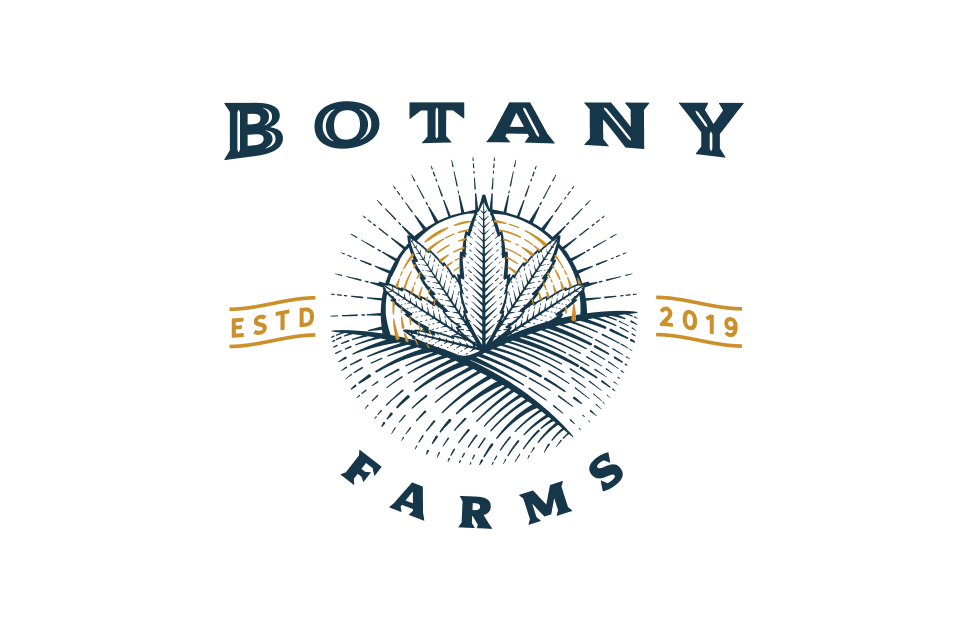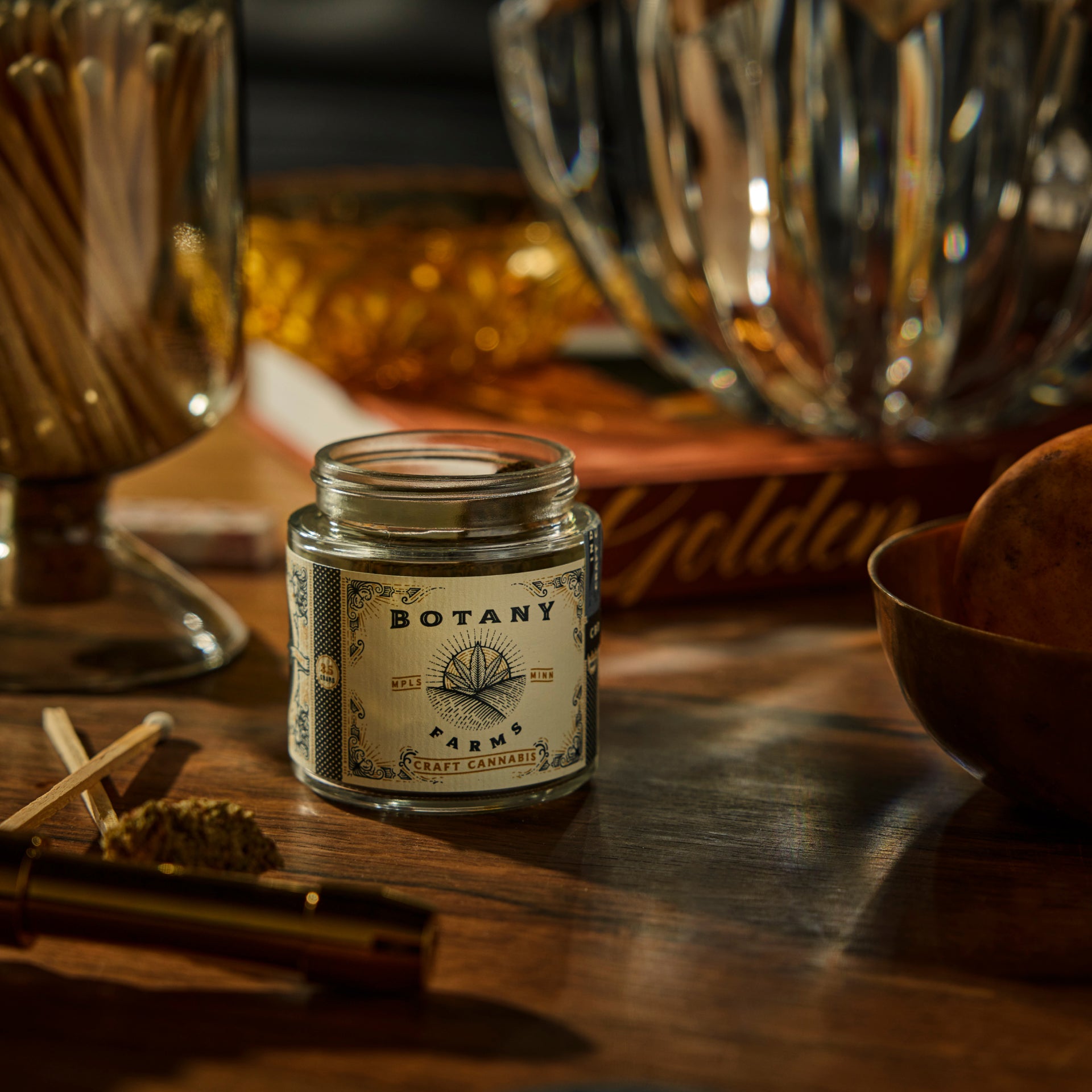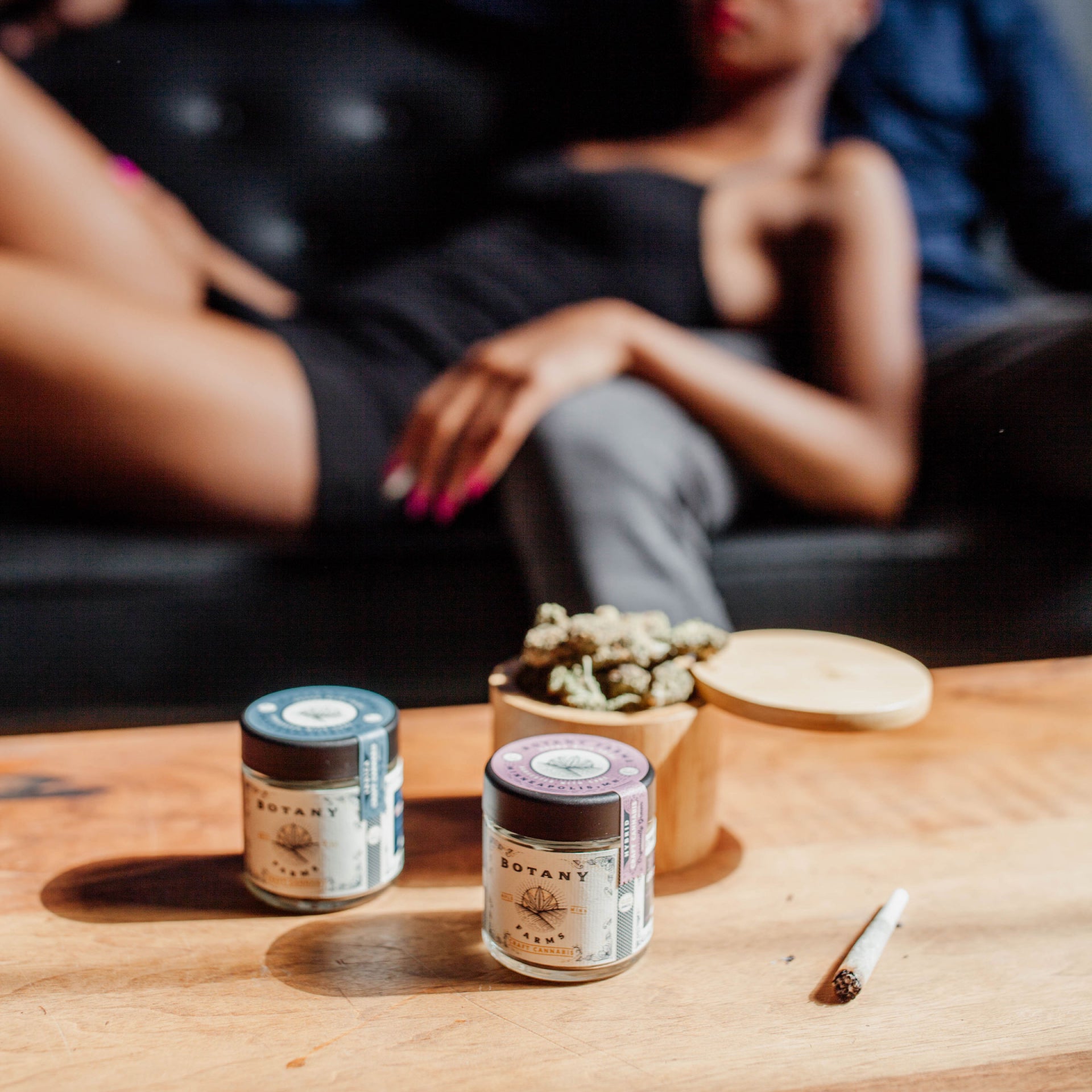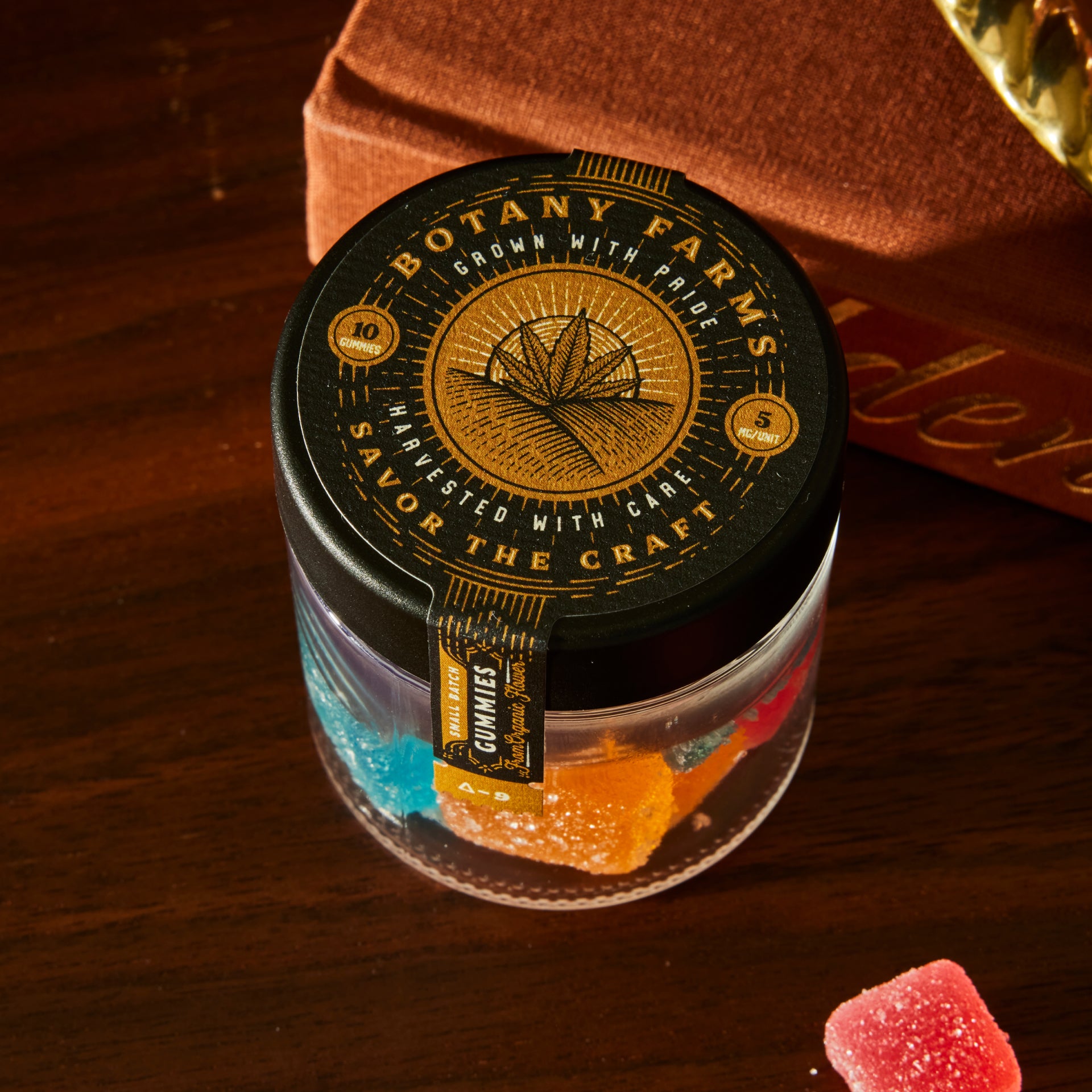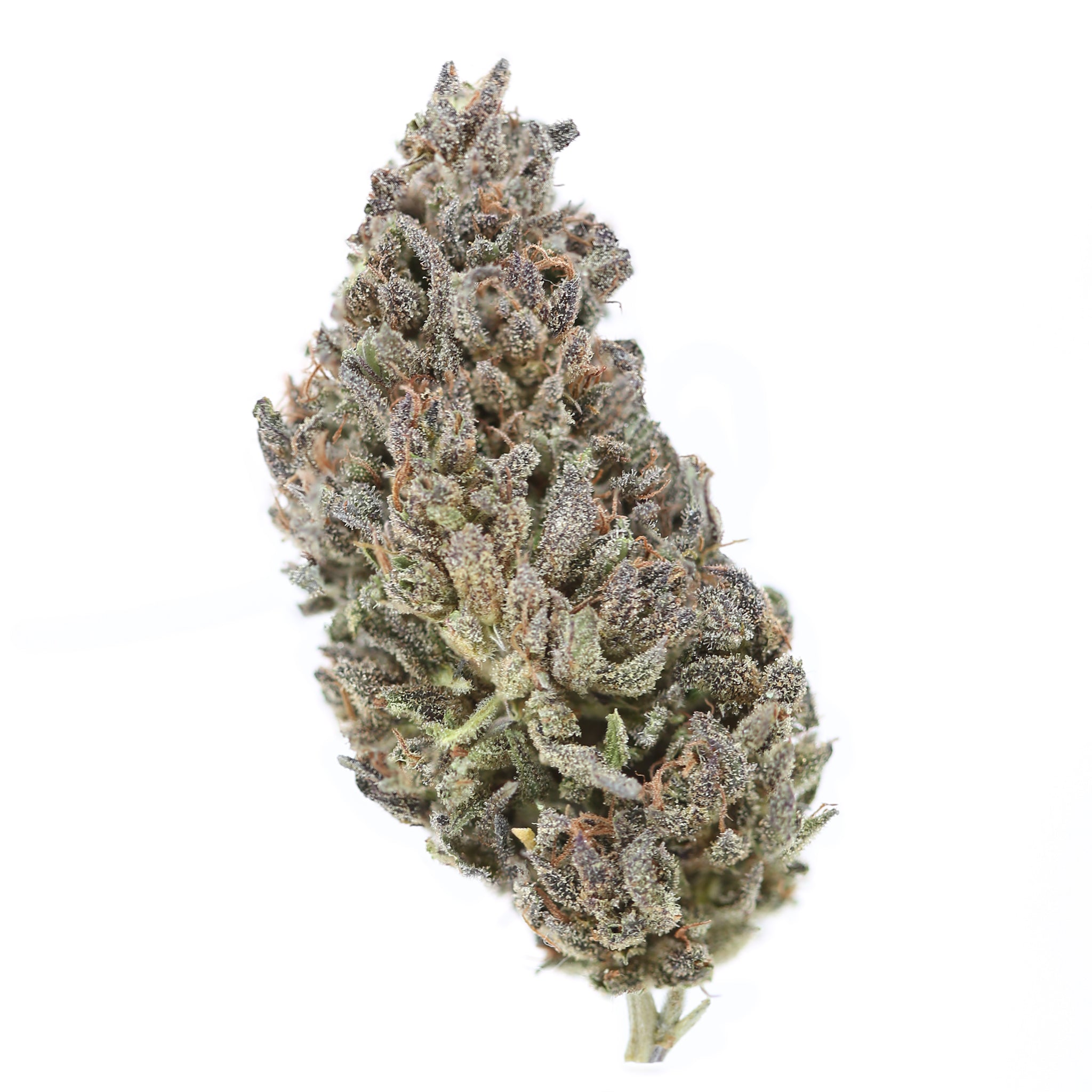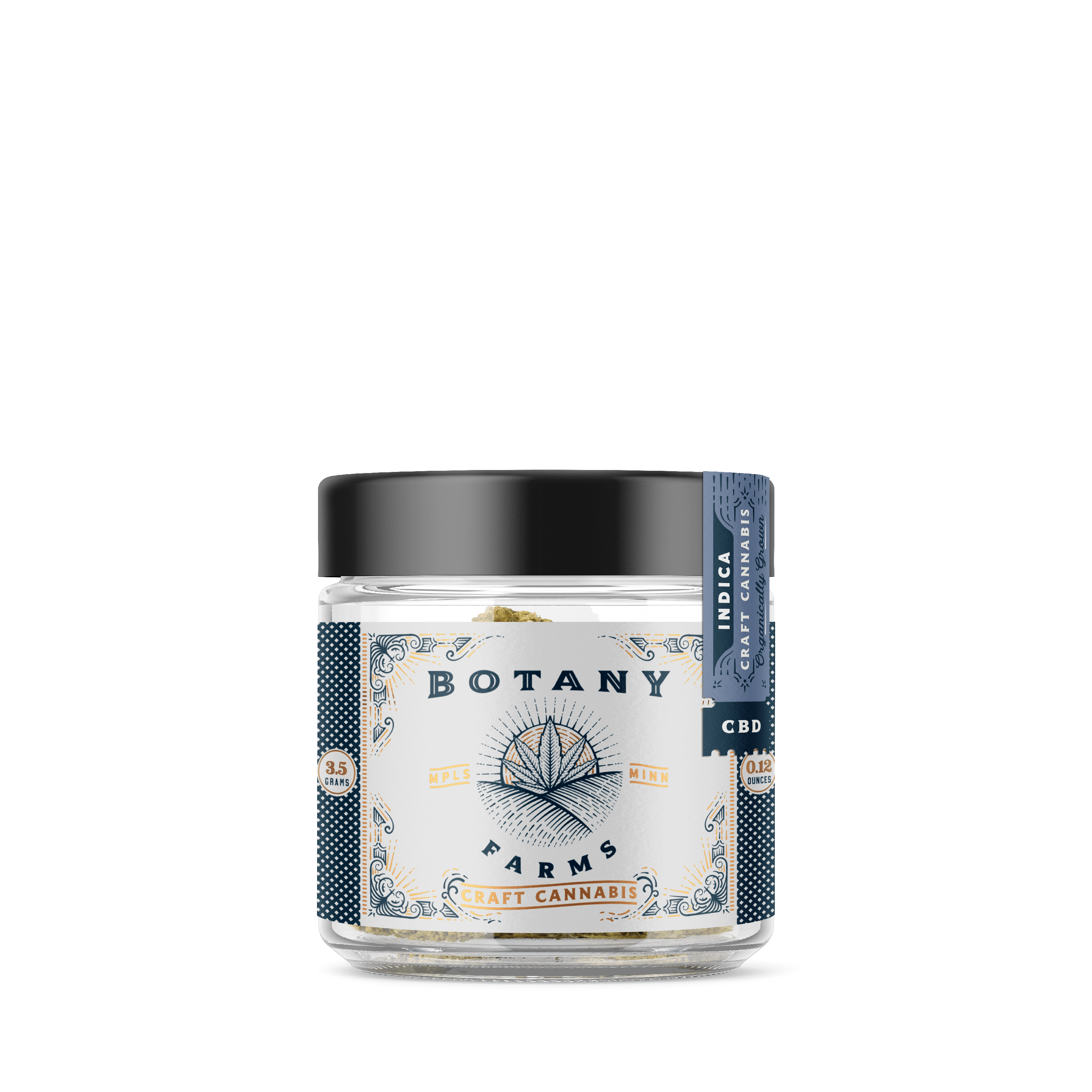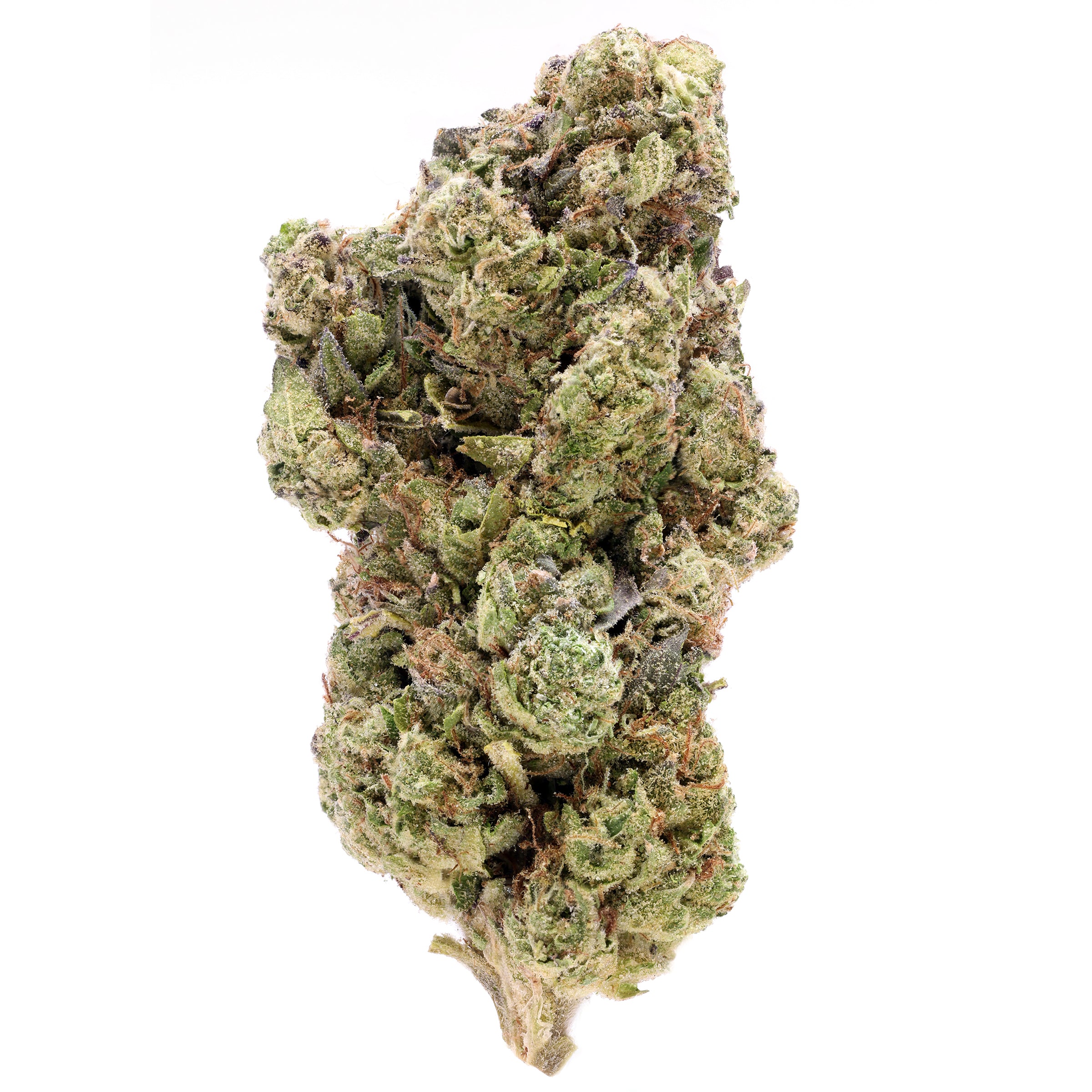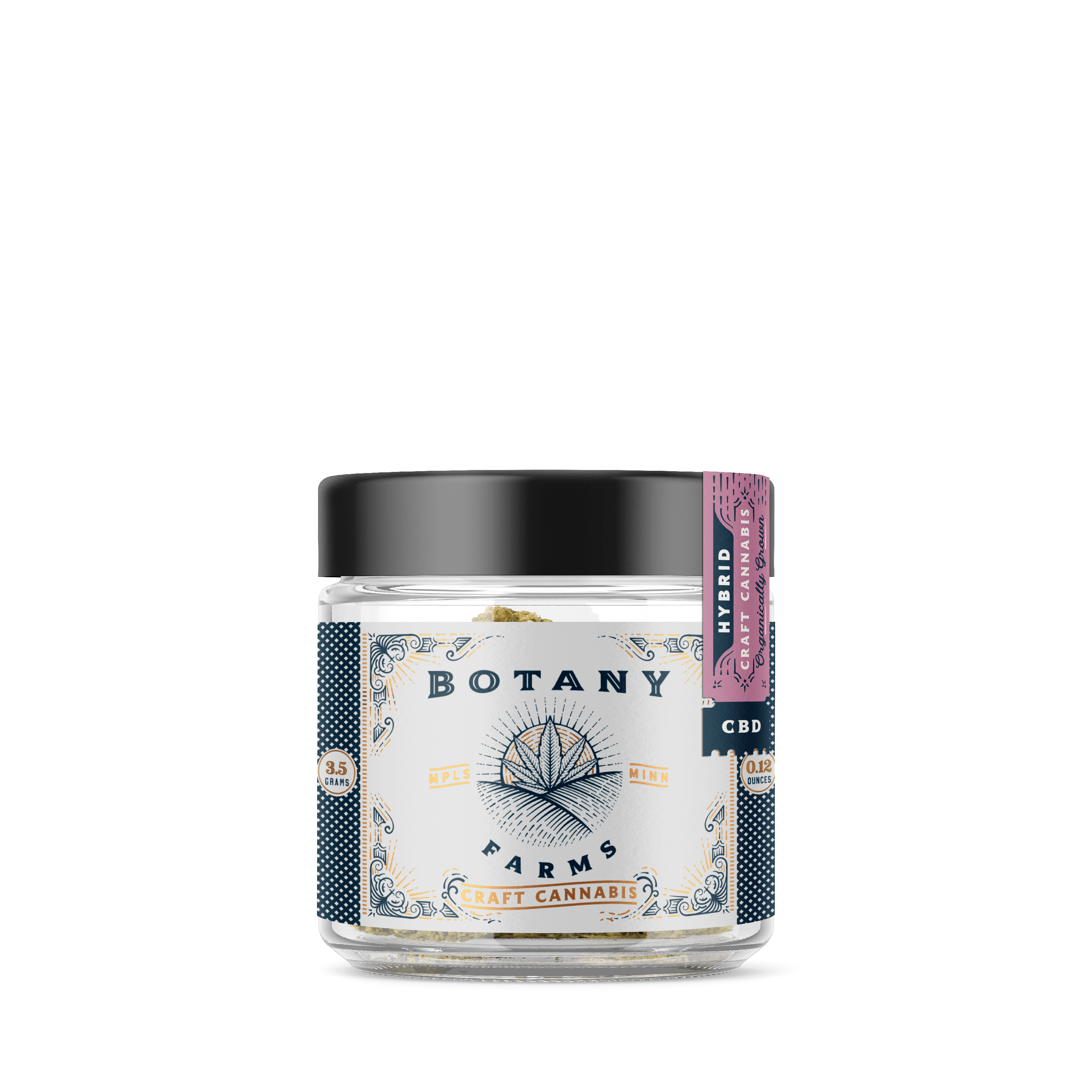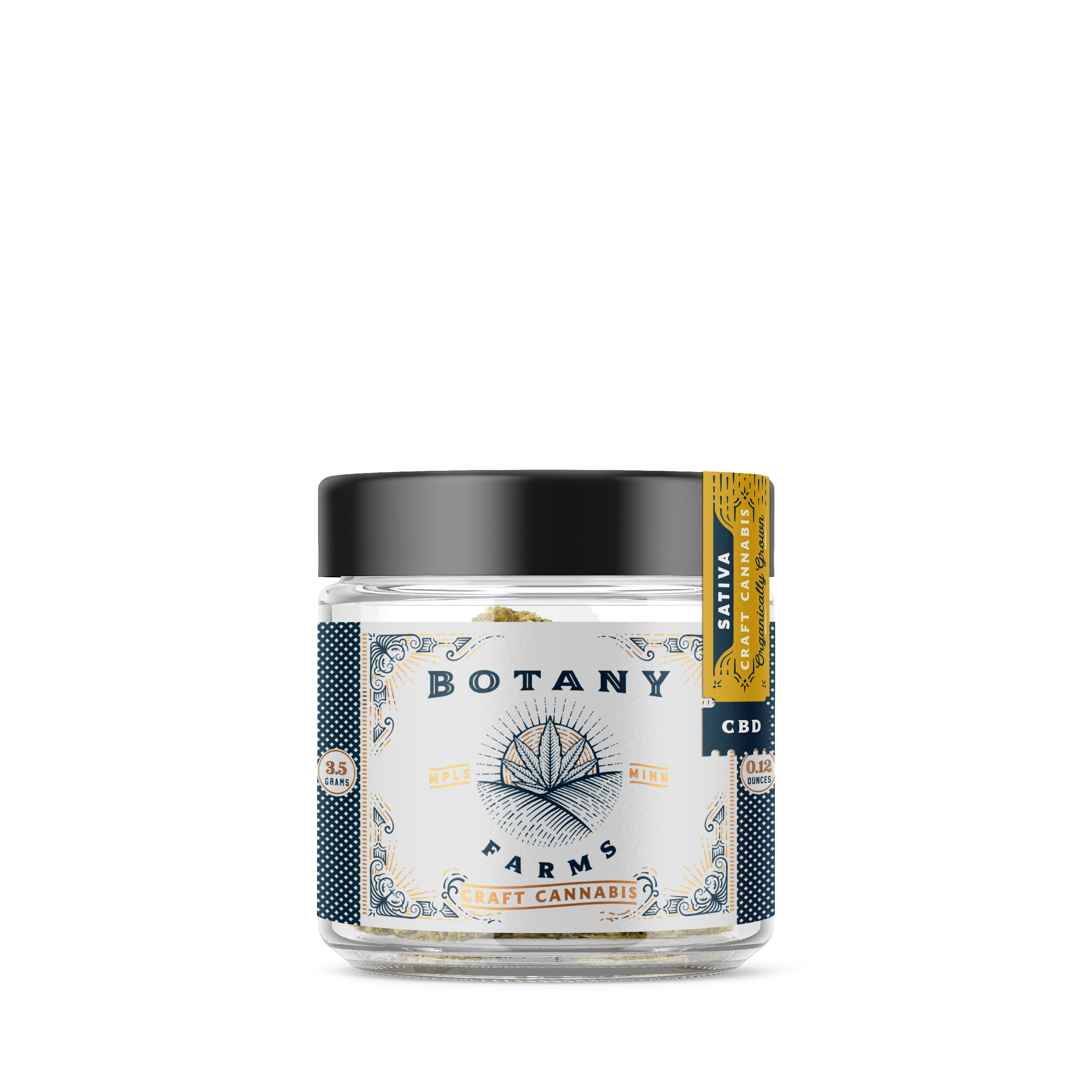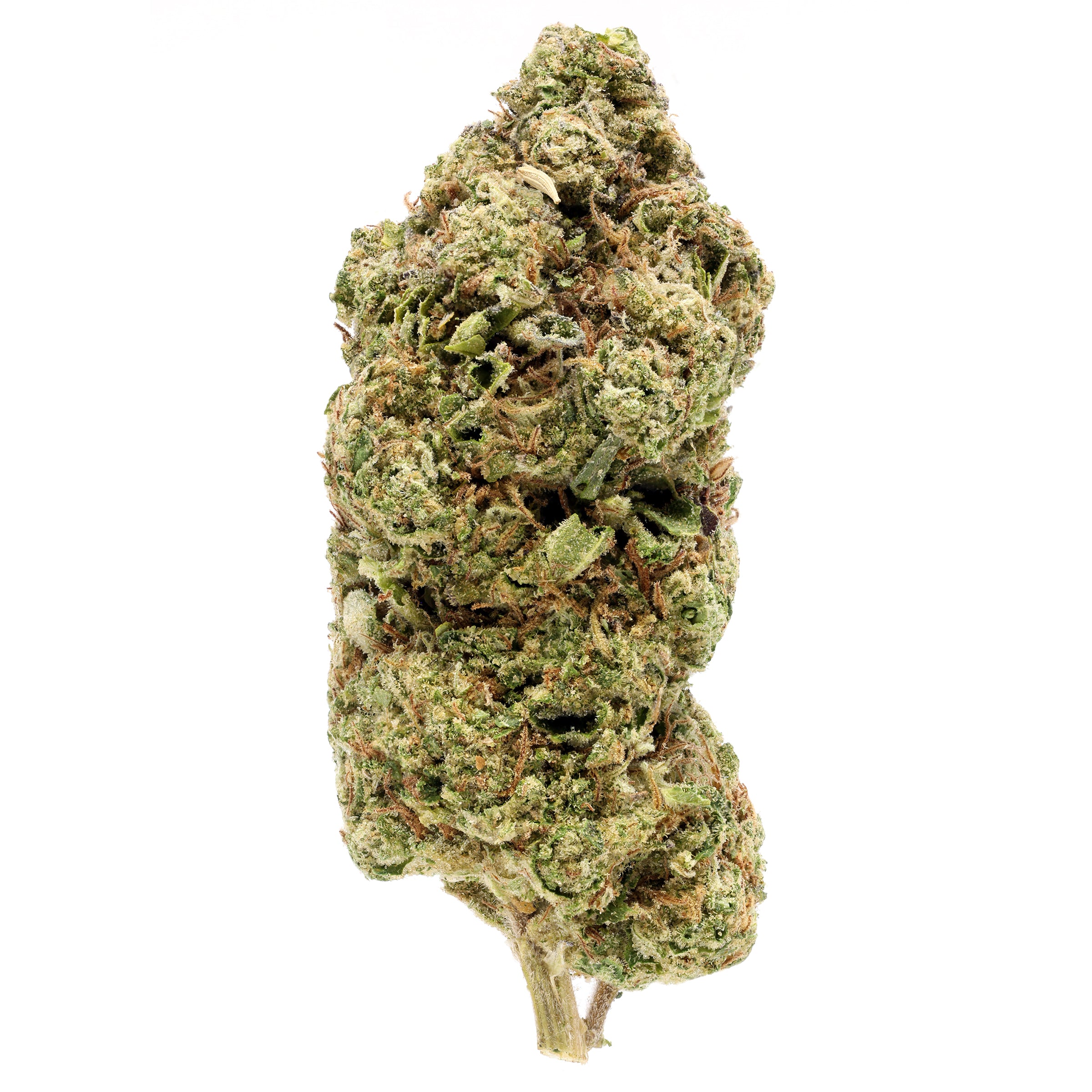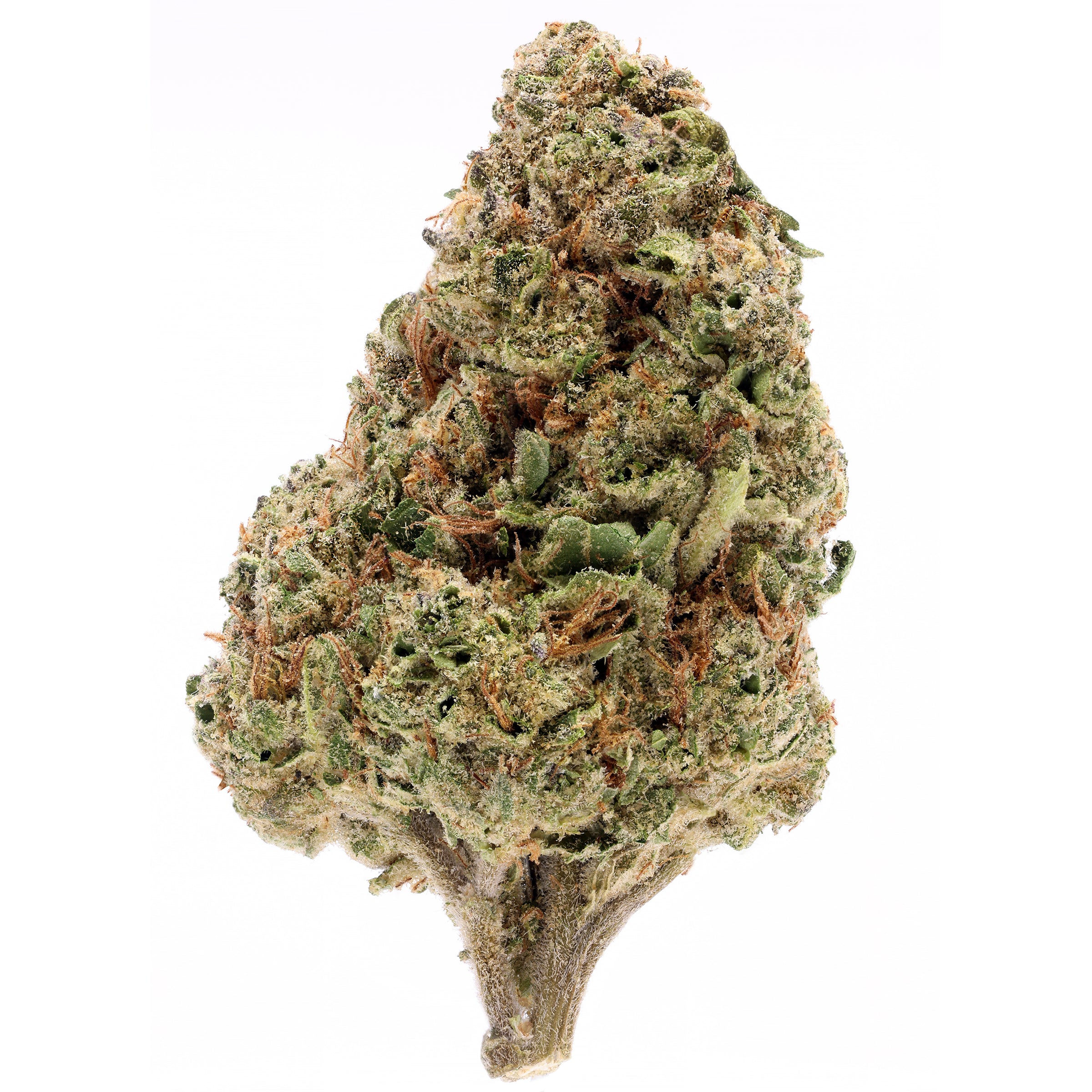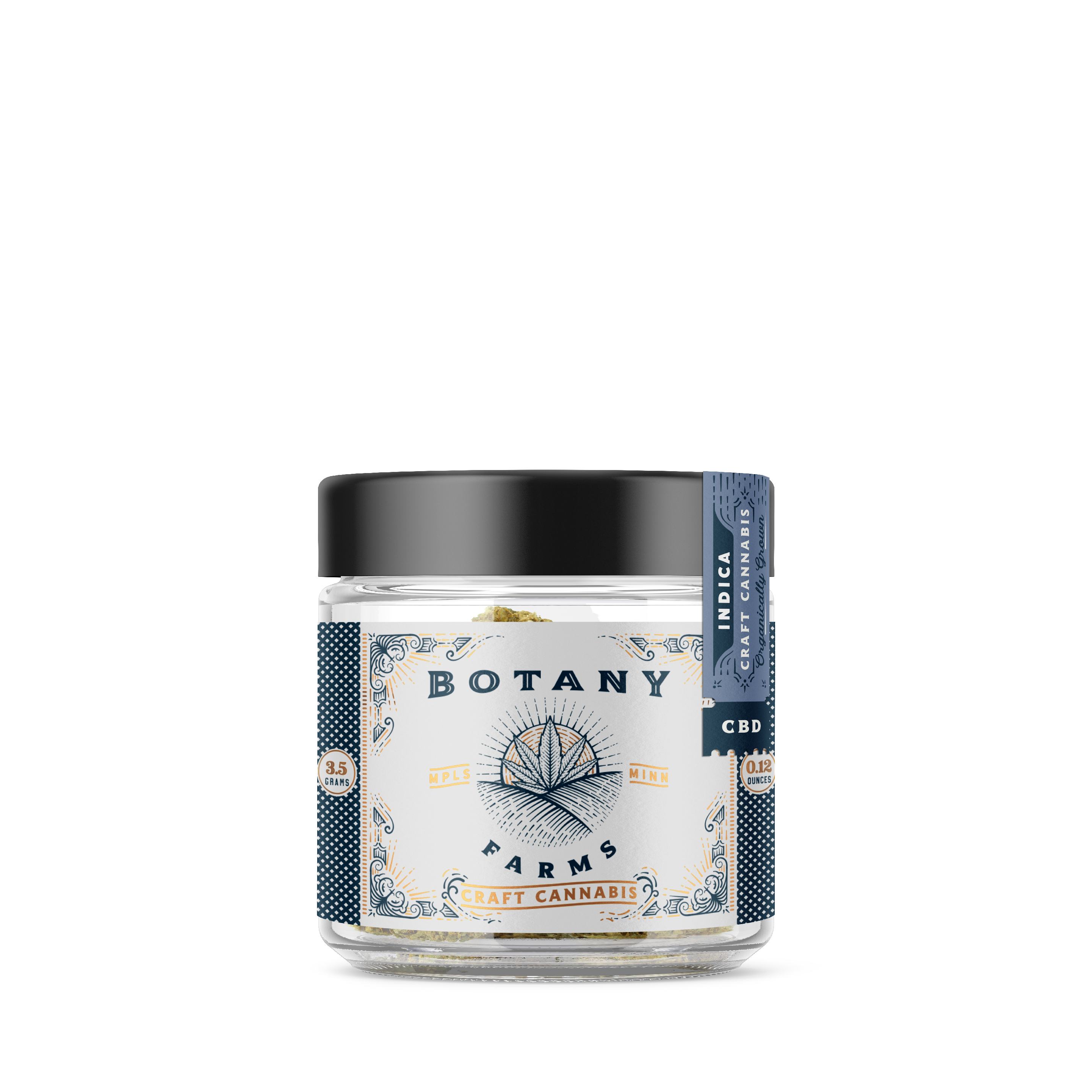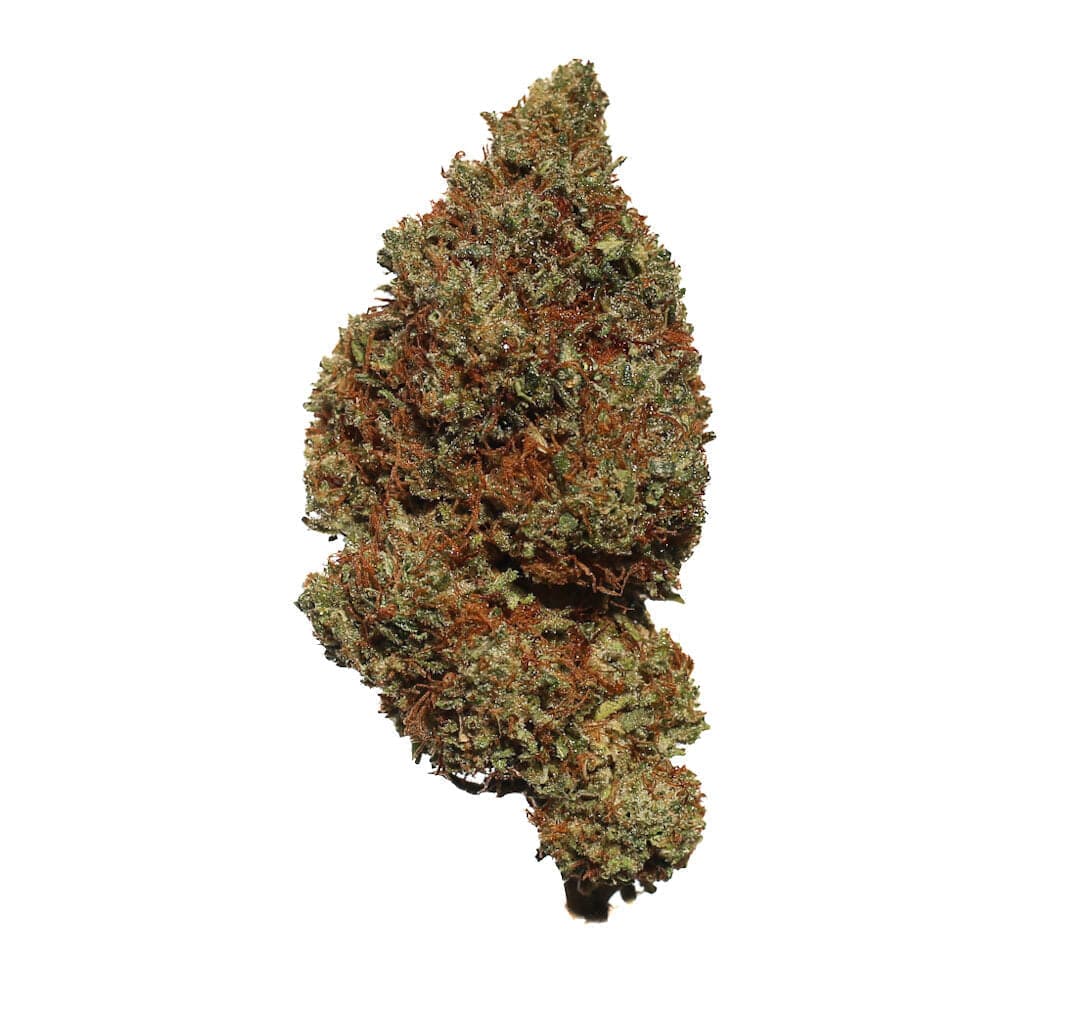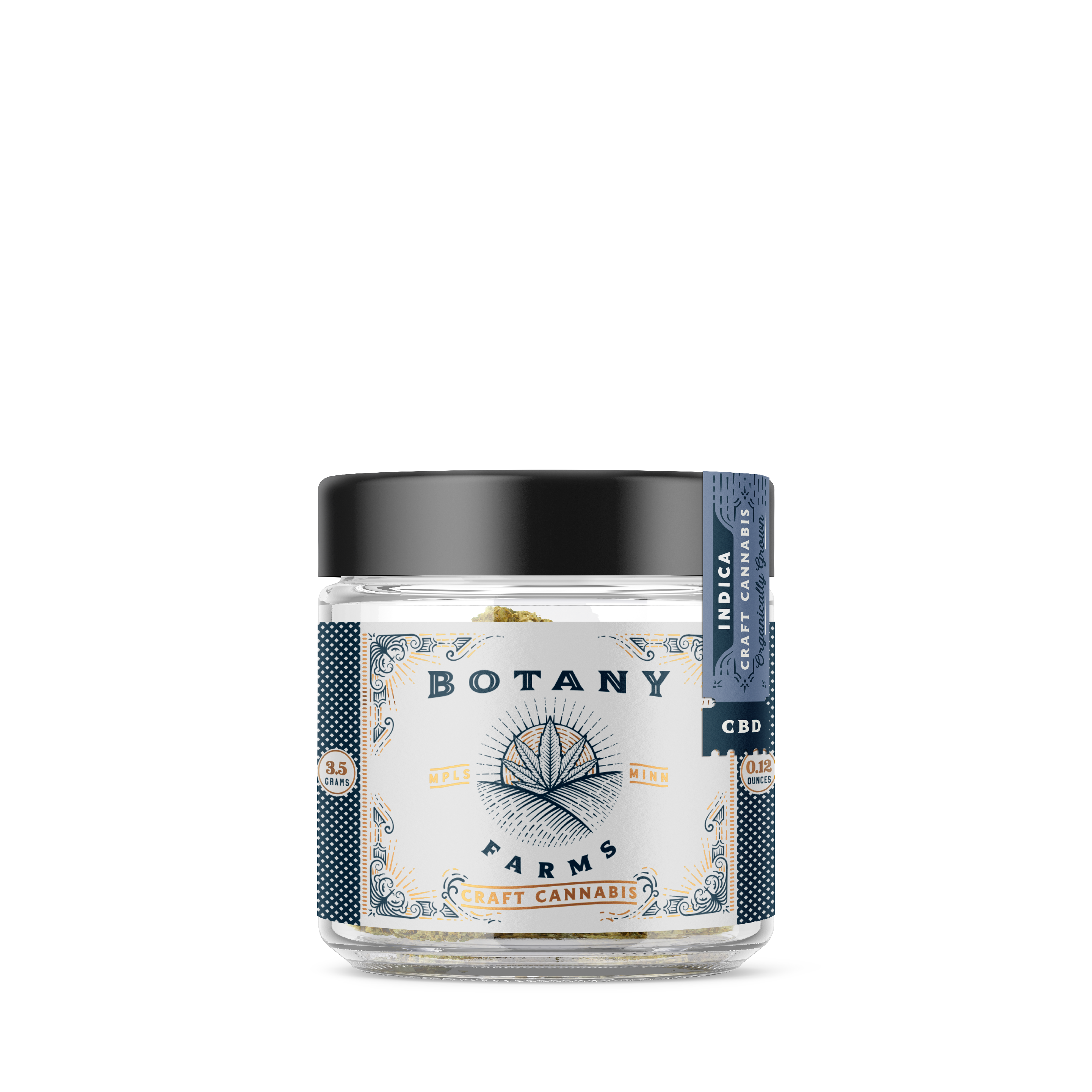Hemp has been bred for thousands of years for its industrial value. In recent years, hemp has been used to make consumable products, allowing farmers to make a living. However, with so many brands coming forth with a wide variety of products, consumers may feel overwhelmed by their lack of transparency.
Nowadays, hemp products are widely available thanks to new regulations in the cannabis industry. Even though the USDA tries to regulate the industry, not every product that comes out on the market is tested, thus posing significant risks.
For this reason, people are slowly taking up the option of growing their own hemp plant. This allows them to oversee the entire process and to control the way their hemp grows. If you want to learn how to grow hemp indoors, Botany Farms takes the liberty to walk you through the whole process.
Why Growing Hemp Indoors?
Before jumping into action, it is important to understand why hemp plants are better when grown indoors. When it comes to hemp fibers and seeds, the care and maintenance needed is minimal, but it is not the same case for hemp flowers.
Depending on the environment the herb is cultivated in, the quality, flavors, aroma and overall experience it delivers change completely. Big hemp companies usually grow their seeds outdoors. Once the crops mature, they are mechanically harvested, and in most cases, the buds trimmed by an auto-trimmer.
In terms of costs, this reduces the amount of money invested in harvesting, but the quality of the CBD flower decreases. You won’t find many trichomes and terpenes in this kind of crop, which reduces the richness of the smoking experience. To have a better understanding of the advantages of growing a hemp plant indoors, here's what you need to know.
Light Control
When growing hemp outdoors, farmers are totally dependent on the sun. Even though sunlight can be strong during the early days of the plant’s growth cycle, light availability will decrease over time, which will affect the quality of the flower.
Indoor-grown hemp also needs lights, but a different type - UV. UVA and UVB are ideal for hemp. Thanks to the creation of LED lights, indoor hemp plants thrive much better than those that are outdoor-grown. Farmers can control the light duration and illumination levels without depending on any external factors.
Temperature Control
Even though hemp is a very adaptable crop, the best environment for it to thrive is a humid place with moist soil. A 65-70% humidity range helps hemp seedlings perform best, and the soil must allow the water to easily drain, since hemp does not require constant watering.
For this reason, outdoor environments aren’t ideal for growing hemp. Sometimes the conditions can be too dry and the plants are exposed to more toxins like heavy metals, fungicides and pesticides. Even if farmers do not use these products on their crops, neighbors who do can ultimately harm hemp plantations.
Dense Flower
With so many different environmental conditions to affect the crop, outdoor-grown hemp buds tend to have a low-density. A dense bud is a must not only for more desirable visuals but also for higher yields. The more tissue a hemp flower has, the more it is going to last in your bong bowl.
Higher Cannabinoids Concentration
Since indoor-grown hemp is constantly controlled and maintained, there’s no wonder the concentration of CBD or CBG increases. While outdoor-grown hemp plants produce at the very least between 10-15% of CBD levels, indoor hemp herbs yield almost 15-25% of this substance’s concentration.
Better Aromas
When hemp is grown indoors, the terpenes and cannabinoids in the flower remain free of contaminants, which express better taste and produce a mild smoke. Hand-trimmed CBD flowers like Botany Farms’ are most likely to retain the terpenes of the buds while removing excess leaves that decrease the quality of the smoking experience.
How to Grow a Hemp Plant Indoors

From better quality to taste and aroma, the benefits of growing hemp indoors are apparent. The outdoor approach simply delivers a great product. However, when it comes to growing your own hemp plant, you must know all the hemp laws of your state.
Growing hemp without a license is only possible for people who live in states like Colorado, where having hemp plants for recreational or medical purposes is legal. As such, you may want to check out your state's regulations to avoid legal problems.
When it comes to growing hemp, grow female plants since these seeds are the ones that produce the buds. Cannabis produces male and female flowers, so being able to identify the females from the males is critical. The best way to be certain your crop is female is by using feminized seeds.
To begin, you pre-soak your seeds for 8-12 hours. Additionally, you will need a small pot to germinate the seeds. Nowadays, you can find seed starter kits to aid your seeds grow faster and much better. Once your seeds have been soaked, plant them 1-inch deep in moist soil. The ideal temperature is usually between 65-10 degrees F.
Have a thermostat to control the temperature of the soil to make sure your seed germinate properly, since the way they grow in their first phase will determine how the plant will grow over time. For light, high-output LEDs or fluorescent grow lamps are enough to give your plants the lighting they need to germinate.
Place the light source several inches above your seedlings. Your plants need 18 - 24 light hours per day. Once they start to stretch, you will need to re-adjust the lamps closer to them.
To feed them, farmers use a water-soluble fertilizer rich in nitrogen. This component is a major substance present in chlorophyll. It helps the plants photosynthesize much better. The ideal season to grow hemp during Spring, with the crop ready for harvesting around september-october.
Indoor-grown hemp is not affected by external factors, since a specific environment has been created for it to thrive. Once the seedlings grow roots, transplant them into a 5-inch container. You can use a transplant mix in this step to provide all the nutrients the plant needs to adapt to its new pot.
The final step is to transplant the plants to bigger containers and a compost mix to help your hemp plant thrive.
Flowering Hemp Plants
If you want to make sure your hemp plant produces flowers, you will need to make some adjustments. To begin with, the mature plant needs cooler temperatures; adjust room temperature between 68 and 77 degrees F. In terms of humidity, reduce it to a 40-50% range.
Provide constant air flow to eliminate pests and fungus. You can use a small fan for this purpose. After 40-60 days of vegetative growth, change the light exposure to trigger plants to flower. Provide the plants with 12 hours of light and 12 hours of total darkness. Ensure you are not over-watering the herb during this period, since it will affect flowering.
As you can see, growing a hemp plant indoors is a process that requires time, effort and money. However, it is a great alternative to buying hemp and farmers have personalized these methods to grow the best crops. If you're not the patient type, leave the growing to breeders.
In most cases, you get hemp flower just as organic as the one you could grow at home. If you want to make sure you are buying quality cannabis and not just any synthetic product, check the website of the company you are buying from.
At Botany Farms, transparency is a key value; a sign of our commitment to provide quality crafted cannabis. You can find all the lab tests of our products on our website to ensure your money is not going to waste and your CBD flower provides you a great relief and calming experience.
